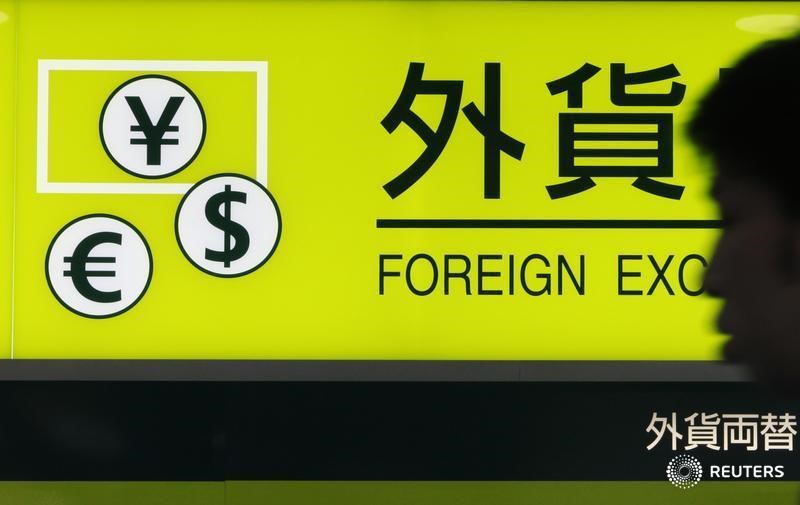Investing.com - The dollar eased against a basket of the other major currencies on Tuesday, but remained in sight of almost 14-year highs amid expectations for an interest rate increase next month and increased fiscal spending under a Trump administration.
The U.S. dollar index, which measures the greenback’s strength against a trade-weighted basket of six major currencies, was down 0.32% at 99.71.
On Monday, the index hit highs of 100.24, a level not seen since December 2015 and if it rises above the highs of 100.51 set in December 2015, it would reach its highest level since April 2003.
The dollar has been boosted by expectations that the Fed is on track to raise interest rates next month.
Investors are currently pricing an 81.1% chance of a rate hike at the Fed's December meeting; according to federal funds futures tracked Investing.com's Fed Rate Monitor Tool.
Expectations for higher rates typically boost the dollar by making it more attractive to yield seeking investors.
Many investors also believe that Trump's campaign pledges to increase fiscal spending, cut taxes and loosen financial regulation will lead to a pickup in economic growth and inflation.
Faster growth and inflation would also prompt the Fed to tighten monetary policy a faster rate than had previously been expected.
The dollar was lower against the yen, with USD/JPY down 0.32% to 108.06, pulling back from Monday’s five-month peaks of 108.53.
The euro also moved higher, with EUR/USD rising 0.45% to 1.0784, coming off Monday’s eight-month trough of 1.0708.
In the euro zone, data on Tuesday showed that economic growth in Germany slowed in the three months to September.
Germany’s gross domestic product grew by 0.2% in the third quarter after expanding by 0.4% in the three months to June.
The pound was little changed, with GBP/USD at 1.2493 as investors’ awaited the UK inflation report for October.
The cost of living in the UK jumped sharply in September and October’s report is expected to show another increase as the weaker pound drove up the cost of imports.
Meanwhile, China’s yuan continued to slide, hitting its lowest level in almost eight years.
